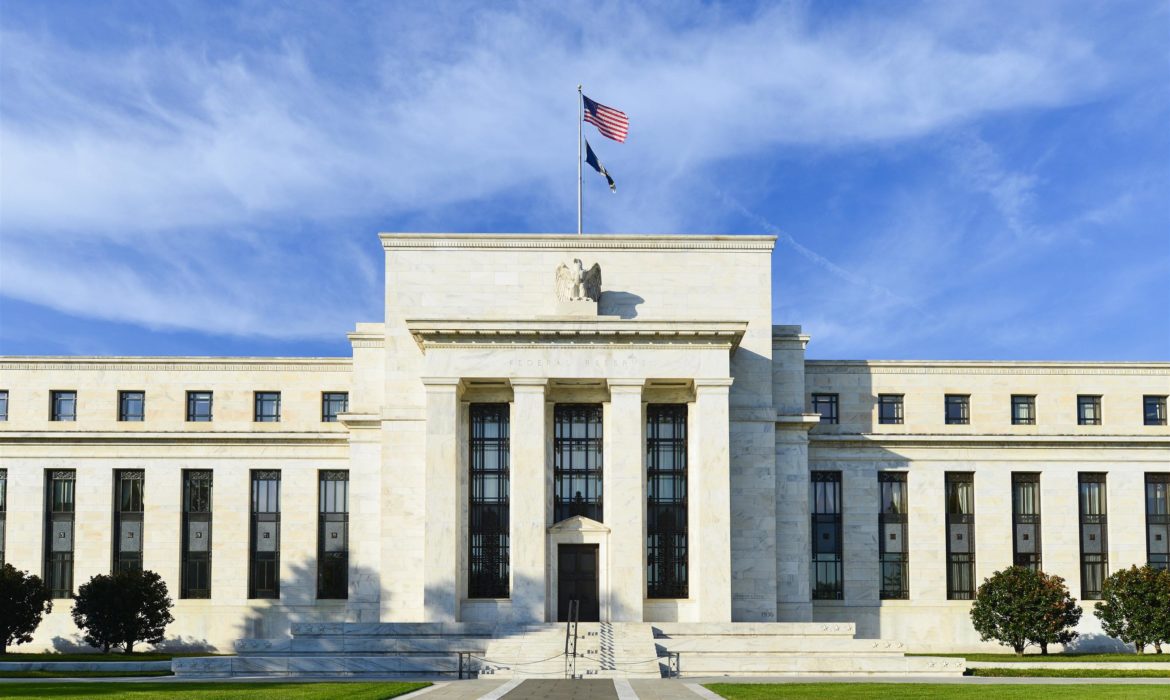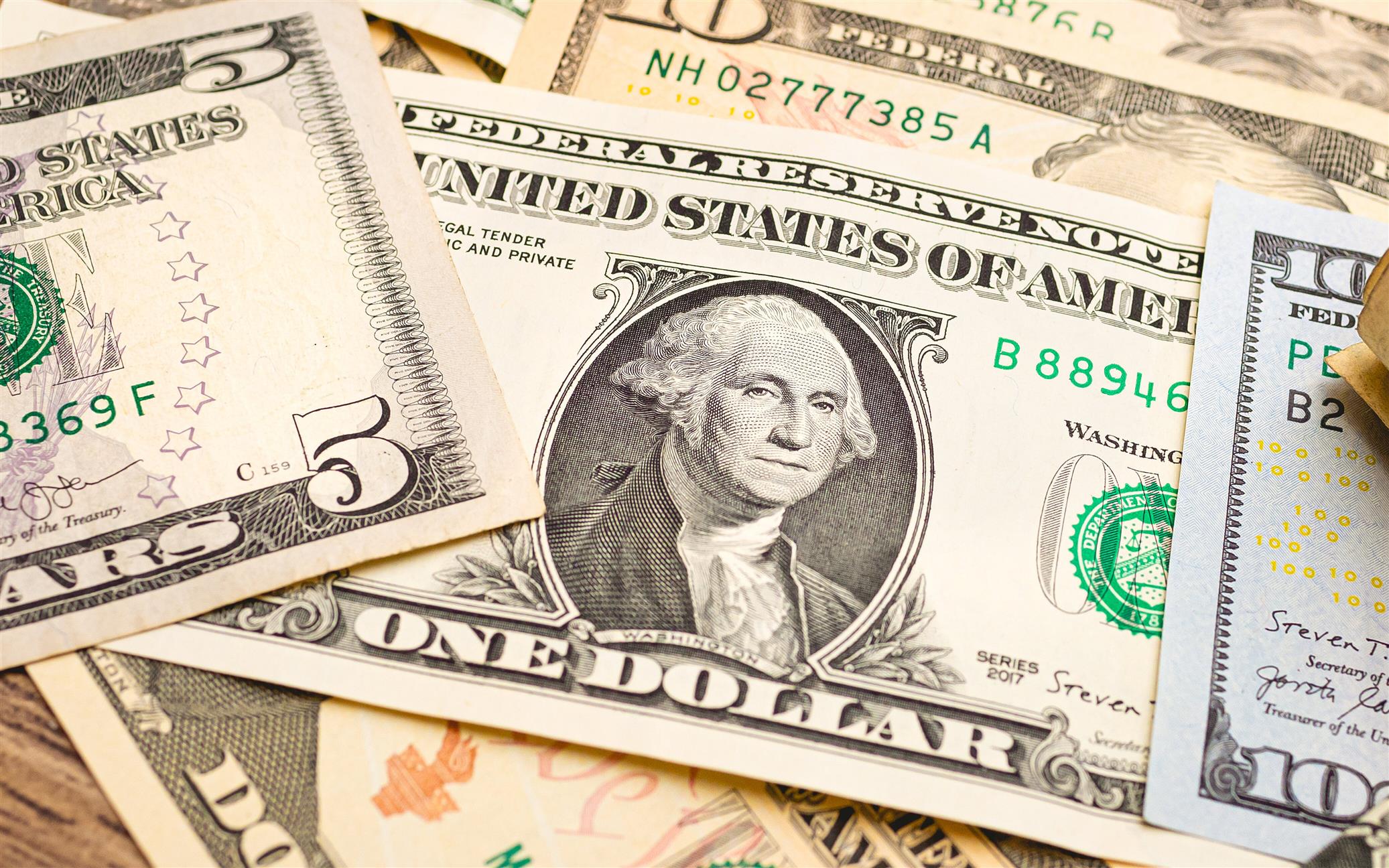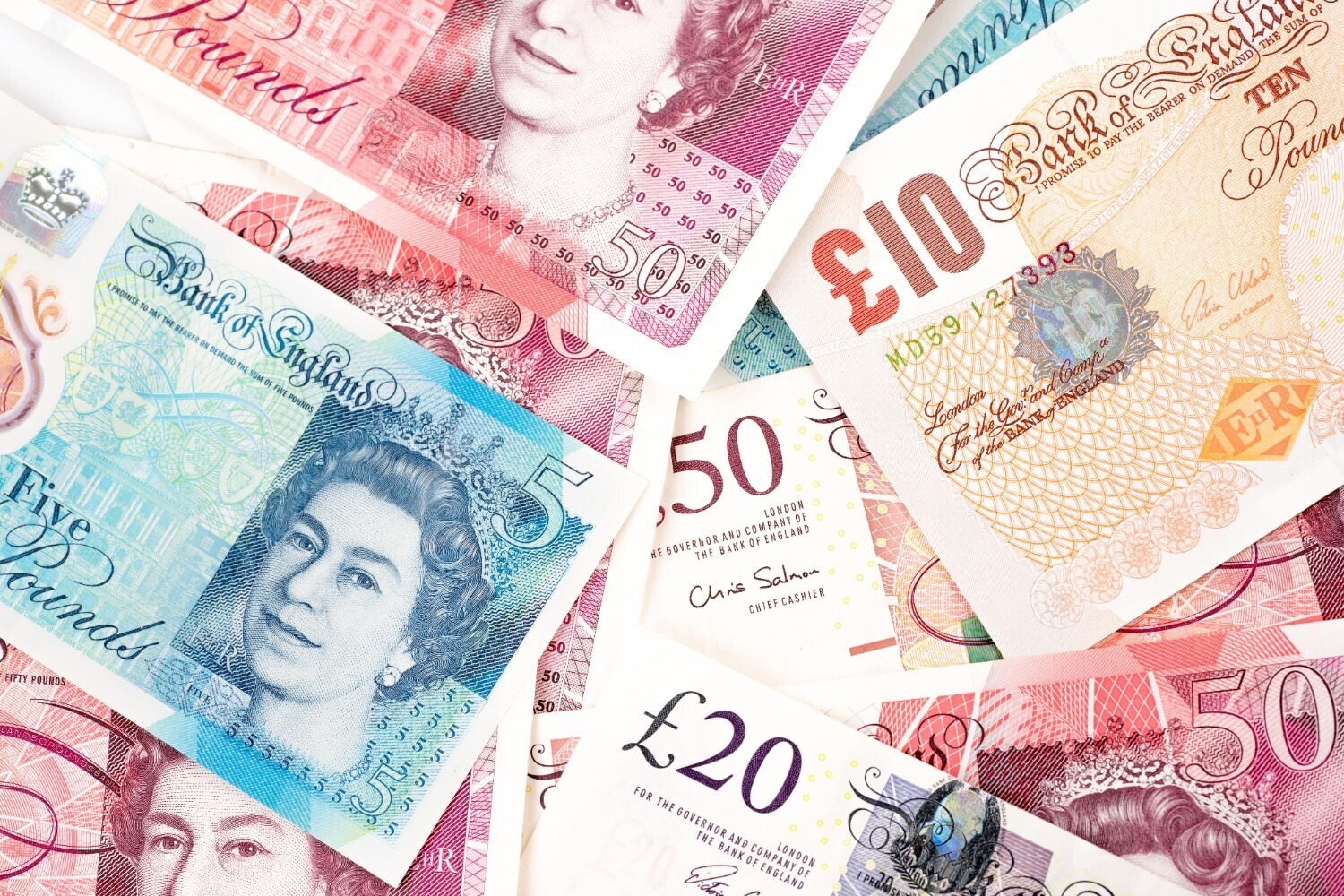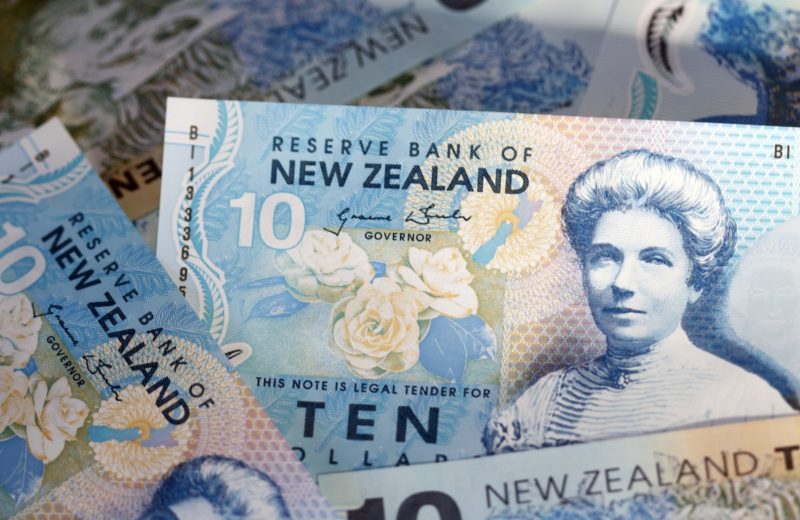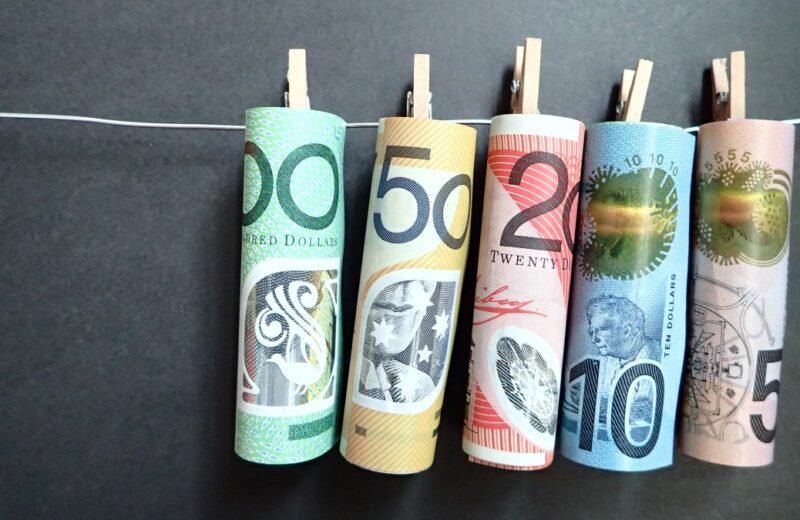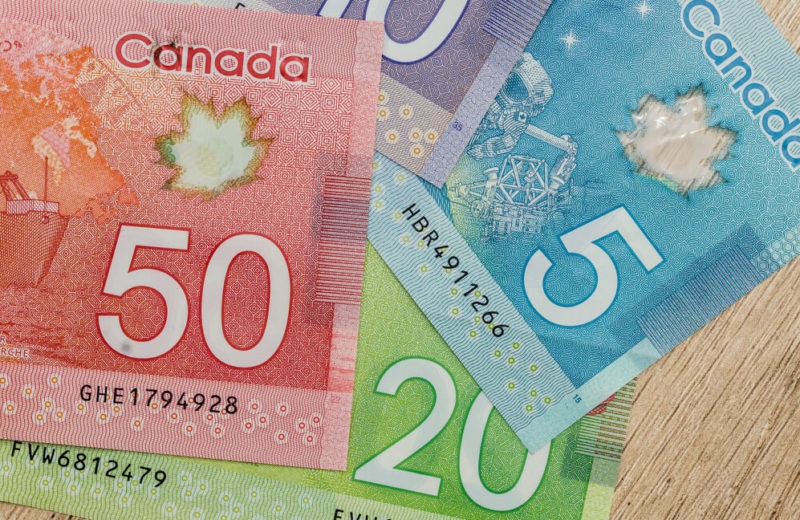The U.S. dollar fell on Wednesday after a stronger-than-expected report on the labor market as well as ahead of minutes from the Federal Reserve’s December meeting, as investors seek signs on when the Federal Reserve will begin to hike interest rates.
Private payrolls rose by 807,000 jobs in the last of the year, according to the ADP National Employment Report. But the pandemic has the potential to create problems for the labor market.
The total was the best for the job market in several months, according to the ADP data.
In December, hiring was broad-based, though leisure and hospitality led with 246,000 new positions. Also, trade, transportation, and utilities contributed 138,000. However, the report mentioned above, composed with Moody’s Analytics, covers through the middle of December, before the worst of escalation.
Still, total employment remains well below pre-pandemic levels. Currently, there are some 3.6 million fewer Americans at work compared with February 2020.
The U.S. dollar gained more than 2% since the end of October before Wednesday’s decline, as expectations have grown that the Federal Reserve will begin to hike interest rates in 2022.
Dollar, yen, and pound
The dollar index, which tracks the greenback against a basket of currencies, dropped 0.368%.
On Tuesday, Minneapolis Federal Reserve Neel Kashkari made a comment about interest rates. Kashkari thinks that the Federal Reserve has to change its position.
The Japanese yen gained 0.31% against the U.S. currency to 115.79 per dollar.
The British pound added 0.24% to $1.3564. The pound hit a fresh 2-month high versus the U.S. currency at 1.3566 per dollar, its highest since November 9. It reached its highest point on growing expectations the Bank of England will raise interest rates as soon as next month.


